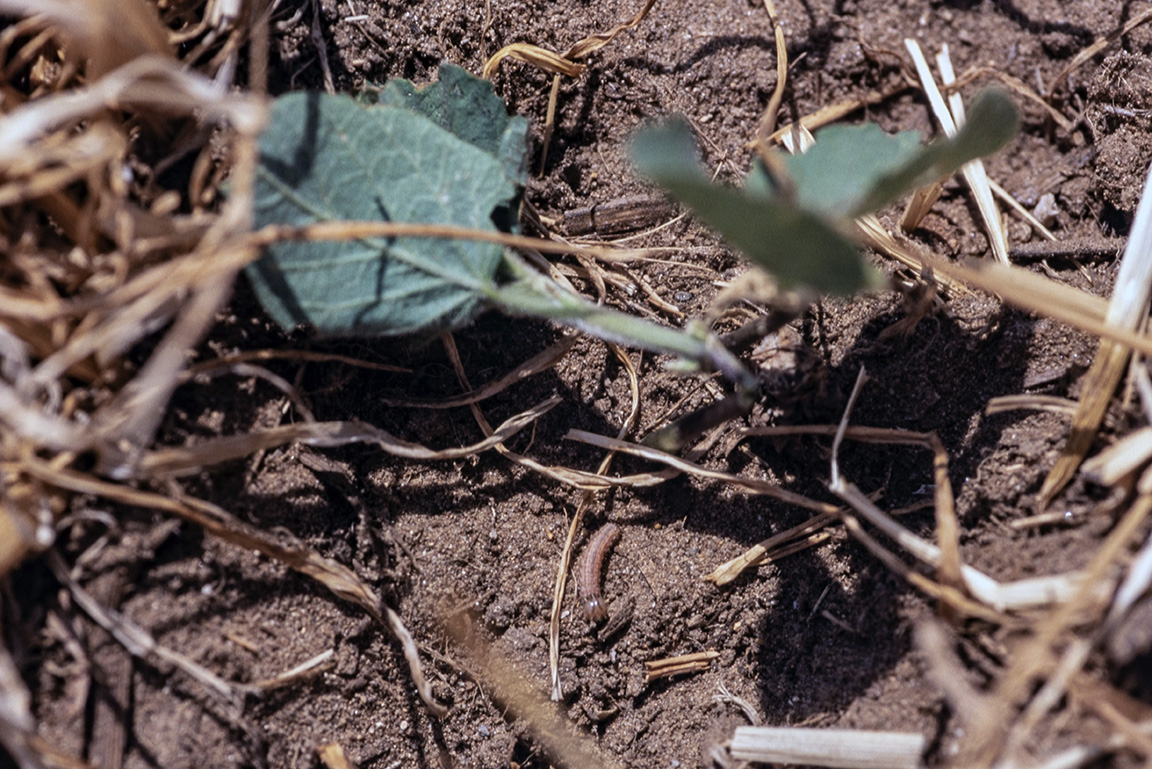Armyworm primarily feed on grasses. As seen in the past, and now being reported this spring, they will feed on no-tilled soybean into a cereal rye cover crop. Weeks ago, armyworm moths were attracted to laying eggs on grasses, in which the hatched larvae were quite content on feeding. Then a burn-down herbicide was applied before/at planting and the armyworm were eventually left with no food except for the emerging soybean seedlings. To satisfy their hunger, armyworm will feed on the soybean, but are unable to properly digest this legume for nourishment. Depending on the size of the larvae, and where they feed on the plant, some soybean seedlings may be killed, Obviously, a rescue insecticide treatment is not needed, as the armyworm slowly starve to death and the tattered plants will give way to undamaged leaves.
Enjoy this video on “Armyworm in Soybean, Homeless and Starving”.



